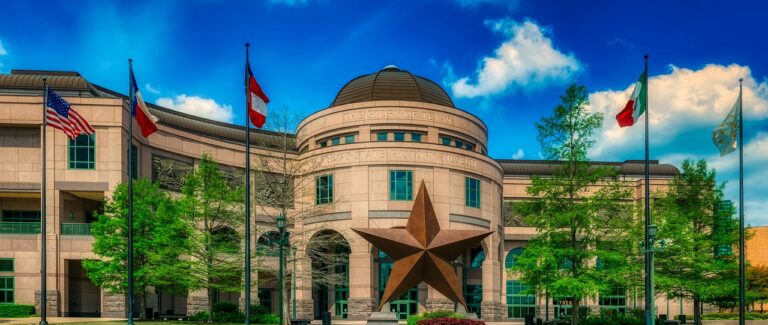Cultivating Intergenerational Collaboration through Education
Intergenerational collaboration in education often faces hurdles due to differences in communication styles between different age groups. For instance, older educators may prefer more traditional methods of teaching, while younger educators may lean towards using technology-driven approaches, leading to clashes in pedagogical strategies. This divergence in teaching methods can create challenges in effectively working together to provide a cohesive learning experience for students.
Moreover, varying perspectives on educational practices and philosophies can also impede intergenerational collaboration in education. Older educators may uphold established ways of teaching that have been effective in the past, while younger educators may advocate for more innovative and progressive approaches. This clash of ideologies can hinder the harmonious integration of different teaching philosophies and hinder the development of a cohesive educational environment.
Benefits of Intergenerational Collaboration in Education
Intergenerational collaboration in education offers a unique opportunity for individuals of different age groups to learn from each other’s perspectives and experiences. Through this interaction, older adults can share their wealth of knowledge and wisdom with younger generations, while the younger generation can provide fresh ideas and innovative approaches. This exchange of ideas fosters a dynamic learning environment that promotes creativity and critical thinking skills among all participants.
Furthermore, intergenerational collaboration in education helps to bridge the generation gap and create a sense of mutual respect and understanding among individuals from different age groups. By working together towards a common goal, students and educators of all ages can develop empathy, communication skills, and teamwork abilities. This collaborative approach not only enhances the learning experience but also cultivates a supportive and inclusive educational community where everyone’s contributions are valued and respected.
Strategies for Fostering Intergenerational Collaboration in Education
When aiming to foster intergenerational collaboration in education, it is crucial to create inclusive environments where individuals of all ages feel valued and respected. Encouraging open communication and active listening among students, teachers, and administrators can help bridge the gap between different generations, fostering a sense of unity and shared goals within educational settings.
Furthermore, promoting intergenerational learning opportunities such as mentorship programs, joint projects, and collaborative problem-solving activities can offer unique perspectives, knowledge exchange, and skill development for individuals of varying age groups. By emphasizing the importance of mutual understanding and cooperation, educational institutions can create an enriching learning experience that benefits both younger and older generations alike.
• Encourage open communication and active listening among students, teachers, and administrators
• Create inclusive environments where individuals of all ages feel valued and respected
• Promote intergenerational learning opportunities such as mentorship programs, joint projects, and collaborative problem-solving activities
• Emphasize the importance of mutual understanding and cooperation in educational settings
What are some common challenges of intergenerational collaboration in education?
Some common challenges include generational differences in communication styles, technology proficiency, and teaching methodologies.
What are the benefits of intergenerational collaboration in education?
Intergenerational collaboration can lead to a more diverse range of perspectives, improved communication skills, and enhanced learning outcomes for students.
How can educators foster intergenerational collaboration in the classroom?
Educators can foster intergenerational collaboration by creating opportunities for mentorship, promoting open communication between generations, and incorporating diverse teaching strategies that cater to different learning styles.
What role can technology play in fostering intergenerational collaboration in education?
Technology can be used to bridge the generation gap by providing new ways for different generations to communicate, collaborate, and learn from each other.
How can schools promote intergenerational collaboration outside of the classroom?
Schools can promote intergenerational collaboration by organizing community events, workshops, and projects that bring together students, teachers, parents, and community members of all ages.







